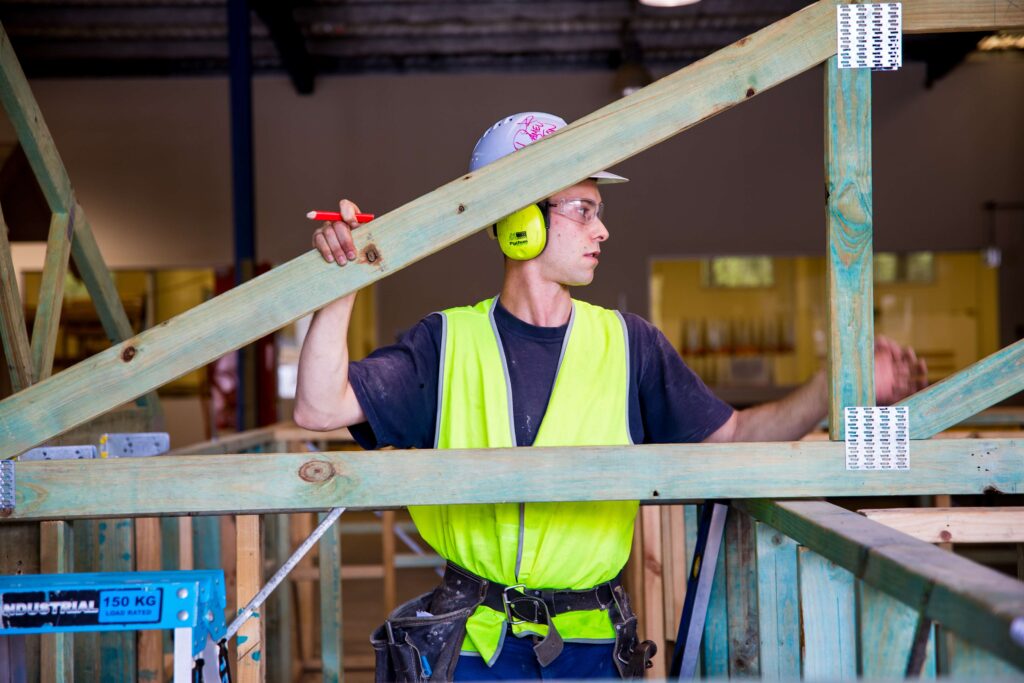Future-Proofing Australia’s Building and Construction Workforce

Master Builders Australia has released its blueprint for future-proofing the building and construction industry’s workforce in the wake of a shortage of half a million workers.
With critical shortages across industries and skill levels hindering economic recovery and productivity growth, the future-proofing paper outlines what will be needed in the coming years and the policy priorities for attracting, recruiting, training, and retaining workers for the industry, says Master Builders Australia CEO Denita Wawn.
“Construction is the backbone of the Australian economy, employing approximately 1.3 million people, providing infrastructure, commercial and community buildings, and homes for the growing population,” said Ms Wawn.
“With Australia’s population projected to grow by over 50 per cent between 2022 and 2060, reaching nearly 40 million people, the industry will require a significant workforce to undertake the necessary building and construction work.”
To meet growth projections and replace workers that leave the industry, Master Builders estimates that 486,000 workers need to enter the building and construction industry by the end of 2026. Nearly half of the required workforce (229,000 workers) will be in technician and trade roles, the vast majority of which will enter the industry through a trade apprenticeship.
“The nature of work in the industry is evolving due to increasing business specialisation, more offsite building, frequent job changes, technology integration, and complex regulatory requirements,” added Ms Wawn.
“Understanding the emerging and future workforce skills needs is critical for ensuring flexible pathways in the industry that meet the changing and diverse needs of workers, businesses, and employers.
“The blueprint aims to address this by attracting new workers into the industry, retaining current and emerging workers, and ensuring that training and education products and pathways remain up-to-date and flexible.
“To address the bias pushing young people toward university at the expense of VET, critically, this includes improving the quality of careers education in secondary and senior secondary schools.
“The construction industry attracts more male than female workers. Improving the attractiveness of the industry to women presents a massive opportunity to increase the pool of potential workers.
“Governments are urged to tackle these issues as a key aspect of the inflationary challenge facing our industry,” said Ms Wawn.


